Home>Furniture>Outdoor Furniture>How To Fix Patio Chairs
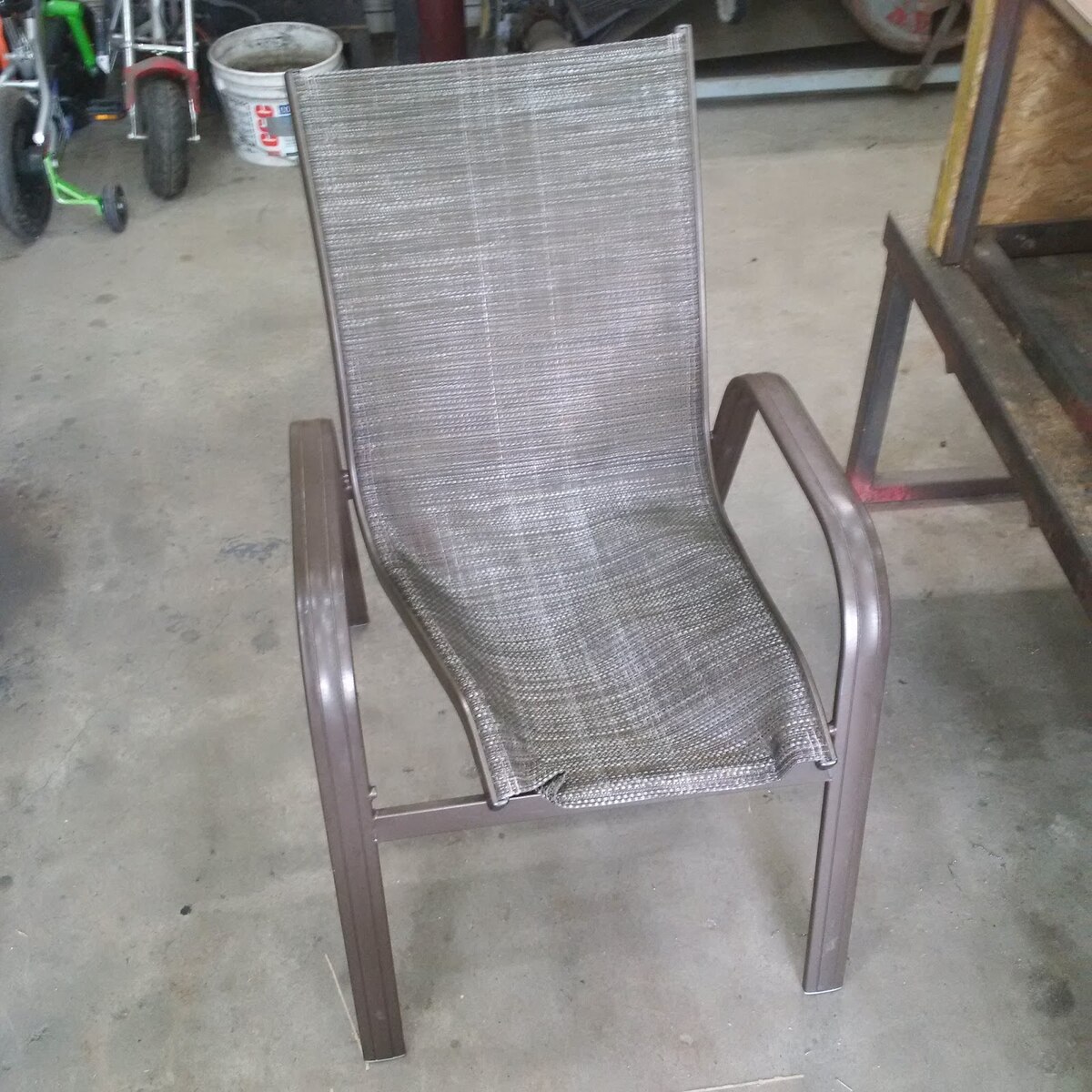

Outdoor Furniture
How To Fix Patio Chairs
Modified: March 7, 2024
Learn how to fix your outdoor furniture, including patio chairs, with easy DIY tips and tricks. Enhance the durability and longevity of your patio chairs with our helpful guide.
(Many of the links in this article redirect to a specific reviewed product. Your purchase of these products through affiliate links helps to generate commission for Storables.com, at no extra cost. Learn more)
Introduction
Welcome to our comprehensive guide on how to fix patio chairs. Outdoor furniture is exposed to various elements, which can lead to wear and tear over time. Whether your patio chairs have loose joints, broken slats, worn-out cushions, or a faded finish, we are here to help you restore them to their former glory.
Spending time outdoors on your patio is a great way to relax and enjoy the fresh air. But when your patio chairs are in disrepair, it can put a damper on your outdoor experience. Fortunately, many common issues with patio chairs can be easily fixed with some basic tools and materials, allowing you to save money and extend the lifespan of your beloved furniture.
In this guide, we will walk you through the process of assessing the damage to your patio chairs and provide step-by-step instructions for repairing loose joints, replacing broken slats, repairing or replacing worn-out seat cushions, and cleaning and restoring the chair’s finish.
Before getting started, it’s important to note that different types of patio chairs may require different repair methods. So, while the techniques we discuss here are generally applicable to most patio chairs, it’s always a good idea to consult the manufacturer’s instructions or seek professional advice if you are unsure about any specific repair.
Now, let’s roll up our sleeves and learn how to fix your patio chairs so that you can once again enjoy your outdoor space to the fullest!
Key Takeaways:
- Fixing patio chairs is easy and cost-effective. From tightening loose joints to replacing broken slats and worn-out cushions, a little effort can bring your outdoor furniture back to life.
- Regular maintenance and proper care, such as cleaning and restoring the finish, can extend the lifespan of your patio chairs. Prevention is key to keeping them looking great for years to come.
Read more: How To Fix Webbing On A Patio Chair
Assessing the Damage
Before you begin any repairs on your patio chairs, it’s essential to assess the extent of the damage. This will help you determine what needs to be fixed and what materials and tools you will need for the job. Here are some common issues to look out for:
- Loose Joints: Check the joints of your patio chairs for any signs of wobbliness or instability. Loose joints can be a safety hazard and should be addressed promptly.
- Broken Slats: Inspect the seat and back slats of your patio chairs for any cracks or breaks. Broken slats compromise the chair’s structural integrity and should be replaced.
- Worn-out Seat Cushions: Examine the seat cushions for any signs of wear, fading, or damage. If they are sagging or uncomfortable to sit on, it may be time for a repair or replacement.
- Finish Issues: Take a close look at the chair’s finish. Fading, peeling, or chipped paint can not only affect the chair’s aesthetics but also leave it vulnerable to further damage.
Once you have identified the specific areas that need attention, you can move on to gathering the necessary tools and materials for the repairs. This will ensure that you have everything you need to successfully fix your patio chairs.
Remember, depending on the extent of the damage, you may need additional materials such as wood glue, replacement slats, foam padding, or fabric for cushion repairs. Take note of these requirements so that you can gather everything before starting the repair process.
Assessing the damage beforehand will give you a clear roadmap of what to focus on and allow you to prioritize the repairs accordingly. Now that you have a good understanding of the issues, let’s move on to the tools and materials you’ll need for the job.
Tools and Materials Needed
Before you begin repairing your patio chairs, it’s important to gather all the necessary tools and materials. Having everything prepared in advance will make the repair process smoother and more efficient. Here’s a list of the common tools and materials you may need:
Tools:
- Screwdriver (both Phillips and flathead)
- Hammer
- Needle-nose pliers
- Adjustable wrench
- Sanding block or sandpaper
- Paintbrushes
- Drill
- Tape measure
Materials:
- Wood glue
- Replacement slats (if needed)
- Foam padding
- Outdoor fabric
- Spray paint or exterior-grade paint
- Varnish or sealant (if desired)
- Cleaner or mild detergent
- Waterproofing solution (if needed)
Keep in mind that the specific tools and materials required may vary depending on the type of repairs needed for your patio chairs. If you are unsure about any particular item, consult the manufacturer’s instructions or seek professional advice.
It’s also a good idea to gather some extra screws, nails, or replacement parts that you may need during the repair process. This will save you time and effort in case you encounter any unexpected issues.
Once you have all the necessary tools and materials ready, you can proceed to fix your patio chairs. In the following sections, we will provide step-by-step instructions for repairing loose joints, replacing broken slats, fixing worn-out seat cushions, and restoring the chair’s finish.
Now that you’re well-equipped, let’s get started on bringing your patio chairs back to life!
Read more: How To Fix Sling Patio Chairs
Repairing Loose Joints
Loose joints can make your patio chairs wobble and feel unstable, compromising their overall functionality and safety. Fortunately, repairing loose joints is a relatively simple process. Here are step-by-step instructions to help you fix this common issue:
- Start by inspecting the joints of your patio chair. Look for any loose screws or bolts.
- Using a screwdriver or wrench, tighten any loose screws or bolts. If the joint is still wobbly, remove the screws or bolts completely.
- Apply wood glue to the joint, ensuring that you cover the entire surface.
- Reinsert the screws or bolts into the joint and tighten them securely.
- Wipe off any excess glue with a damp cloth or sponge.
- Allow the glue to dry completely according to the manufacturer’s instructions.
- Test the joint to ensure it is sturdy and secure.
- If the joint remains loose, you may need to reinforce it further by adding additional screws or bolts.
It’s important to note that if the loose joint is caused by a broken or damaged piece of wood, it may need to be replaced. In such cases, you can follow the instructions for replacing broken slats, which we will cover in the next section.
Repairing loose joints is a relatively quick and straightforward process that can significantly improve the stability of your patio chairs. By ensuring that the joints are securely fastened, you will be able to enjoy your outdoor space without the constant worry of destabilized furniture.
Now that you know how to repair loose joints, let’s move on to the next section, which covers replacing broken slats.
Replacing Broken Slats
Broken slats on your patio chairs not only compromise their structural integrity but also affect your comfort while sitting. Fortunately, replacing broken slats is a straightforward process that can breathe new life into your chairs. Here’s a step-by-step guide to help you get started:
- Start by measuring the length and width of the broken slat that needs replacement. Note down these measurements.
- Locate a suitable replacement slat that matches the dimensions of the broken one. You can find replacement slats at home improvement stores or order them online.
- Remove the damaged slat from the chair using a screwdriver or drill, depending on how it is attached.
- If the slat is attached with screws, simply unscrew them and remove the old slat. If it is attached with nails, use a hammer and pliers to carefully remove them.
- Place the new slat in position and align it with the existing slats. Ensure that it is straight and level.
- If the slat has holes for screws, use a screwdriver to secure it in place. If it requires nails, gently tap them into the preexisting holes or create new ones if necessary.
- Double-check that the new slat is securely fastened and not wobbly.
- If your patio chair has multiple broken slats, repeat this process for each one.
Replacing broken slats is a cost-effective way to prolong the life of your patio chairs. Additionally, it allows you to customize the look of your furniture by choosing slats that complement your outdoor aesthetic.
Now that you know how to replace broken slats, let’s move on to the next section, which covers repairing or replacing worn-out seat cushions.
To fix patio chairs, tighten any loose screws or bolts, replace any broken or damaged parts, and apply a fresh coat of paint or sealant to protect against weather damage.
Repairing or Replacing Worn-out Seat Cushions
Over time, the seat cushions of your patio chairs can become worn-out, faded, or uncomfortable. However, you don’t have to settle for uncomfortable seating. Here are some steps to help you repair or replace worn-out seat cushions:
- Assess the condition of the seat cushions. Look for signs of wear, sagging, or fading.
- If the cushions are still in relatively good condition, you can consider repairing them. Start by removing the cushion covers, if possible.
- If the padding is sagging, you can improve it by adding a layer of foam padding to restore its shape. Measure the dimensions of the cushion and cut the foam padding to fit.
- If the cushion cover is stained or damaged, you can either clean it thoroughly or consider replacing it. Determine if the cover is removable and machine washable, or if it requires spot cleaning with a mild detergent. Follow the manufacturer’s instructions for cleaning.
- If you decide to replace the cushion cover, measure the dimensions of the cushion and select a new outdoor fabric that suits your style and withstands outdoor conditions.
- Cut the new fabric according to the measurements, leaving some extra fabric for seam allowances.
- Sew the fabric pieces together to create a new cushion cover, leaving one side open for inserting the cushion.
- Insert the cushion into the new cover and sew the remaining side closed.
If the seat cushions are beyond repair or if you’re looking for a complete refresh, consider replacing them entirely. Look for pre-made patio chair cushions that fit the dimensions of your chairs or consider having custom cushions made for a perfect fit.
Remember to choose outdoor fabrics that are durable, fade-resistant, and easy to clean. This will ensure that your new cushions can withstand the outdoor elements and last for years to come.
By repairing or replacing worn-out seat cushions, you can improve the comfort and aesthetics of your patio chairs, making your outdoor space more inviting and enjoyable.
Now that you know how to repair or replace worn-out seat cushions, let’s move on to the next section, which covers cleaning and restoring the chair’s finish.
Cleaning and Restoring the Chair’s Finish
Over time, your patio chairs may accumulate dirt, grime, and even lose their original luster. Cleaning and restoring the chair’s finish can revitalize their appearance and protect them from further damage. Follow these steps to clean and restore the finish of your patio chairs:
- Start by cleaning the chair’s surface. Use a mixture of mild detergent and water to scrub away dirt and debris. You can also use a specialized outdoor furniture cleaner.
- Rinse the chair thoroughly with water to remove any soapy residue.
- If your patio chairs are made of wood, you may need to sand the surface to remove any rough patches or peeling paint. Use a sanding block or sandpaper to gently smooth the surface.
- Once the chair is dry, assess the condition of the paint or finish. If it is faded or peeling, you may need to repaint or reapply a protective finish.
- If repainting, choose an exterior-grade paint specifically designed for outdoor furniture. Apply multiple coats if necessary, following the manufacturer’s instructions for drying time between coats.
- If your patio chairs have a natural wood finish, you can protect and enhance the wood by applying a varnish or sealant. Follow the product instructions for the proper application technique.
- For metal or aluminum chairs, wipe down the surface with a clean cloth and a metal cleaner, if needed.
- Consider applying a waterproofing solution to protect the chair from moisture and weather damage. Again, follow the manufacturer’s instructions for application.
Regularly cleaning and maintaining your patio chairs’ finish will not only keep them looking great but also extend their lifespan. Remember to check and clean the chair’s finish periodically to address any minor issues before they become more significant problems.
By cleaning and restoring the finish of your patio chairs, you can bring back their original shine and protect them for many more seasons of outdoor enjoyment.
Now that you know how to clean and restore the chair’s finish, let’s wrap up this comprehensive guide on fixing patio chairs.
Read more: How To Reupholster Patio Chairs
Conclusion
Congratulations! You have successfully learned how to fix your patio chairs and bring them back to life. By following the steps outlined in this comprehensive guide, you can tackle common issues such as loose joints, broken slats, worn-out seat cushions, and worn finishes.
Repairing your patio chairs not only saves you money but also allows you to extend the lifespan of your furniture and enjoy your outdoor space to the fullest. With a little bit of effort and some basic tools and materials, you can make your patio chairs functional, comfortable, and aesthetically pleasing once again.
Remember to assess the damage, gather the necessary tools and materials, and take your time through each step of the repair process. Whether it’s tightening loose joints, replacing broken slats, repairing or replacing seat cushions, or cleaning and restoring the finish, proper care and maintenance will ensure that your patio chairs withstand the test of time.
Additionally, it’s important to note that prevention is key in maintaining your patio chairs. Regular cleaning, storing them properly during harsh weather conditions, and applying protective coatings can help prevent future damage and keep your chairs looking their best.
Now, armed with the knowledge and skills to fix your patio chairs, it’s time to put what you’ve learned into action. Take pride in your outdoor space and enjoy the comfort and beauty of your revitalized patio chairs all season long.
Thank you for joining us on this journey of restoring and improving your outdoor furniture. Happy repairing!
Frequently Asked Questions about How To Fix Patio Chairs
Was this page helpful?
At Storables.com, we guarantee accurate and reliable information. Our content, validated by Expert Board Contributors, is crafted following stringent Editorial Policies. We're committed to providing you with well-researched, expert-backed insights for all your informational needs.
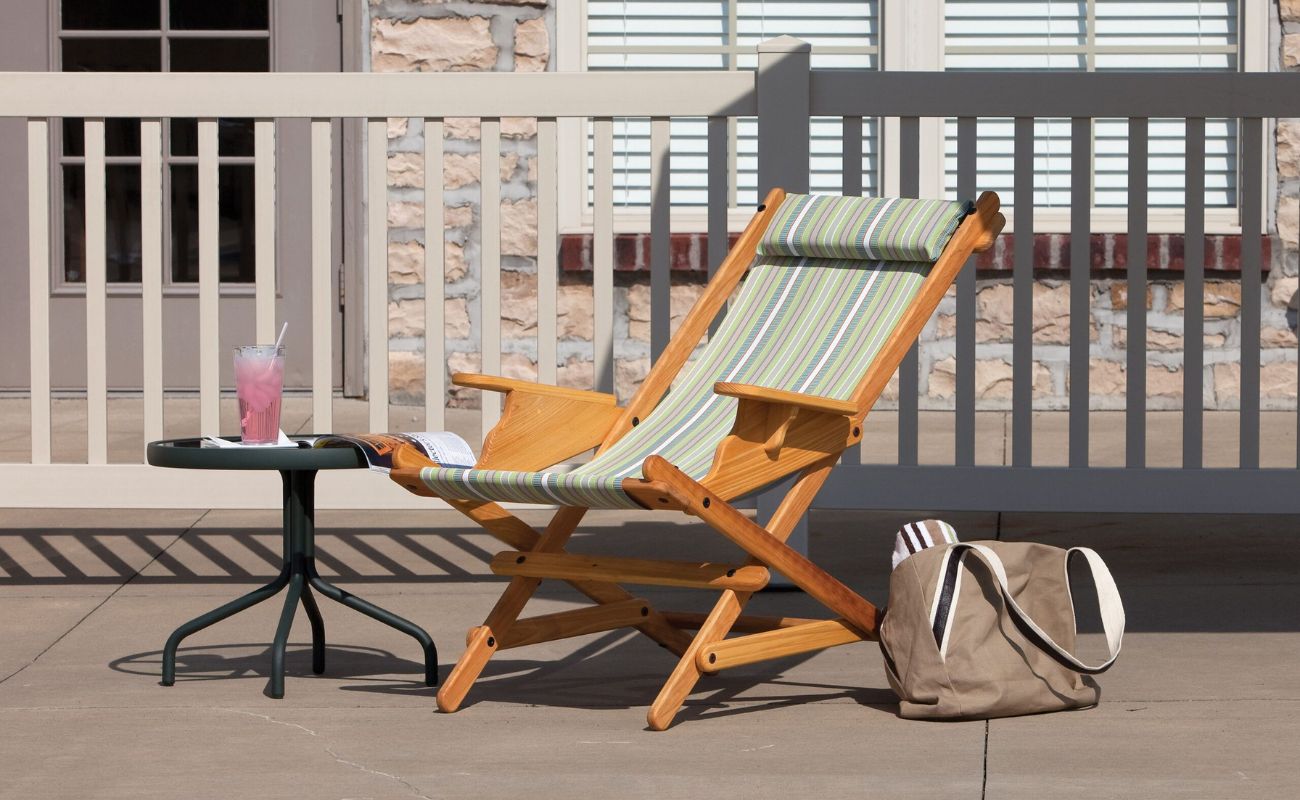
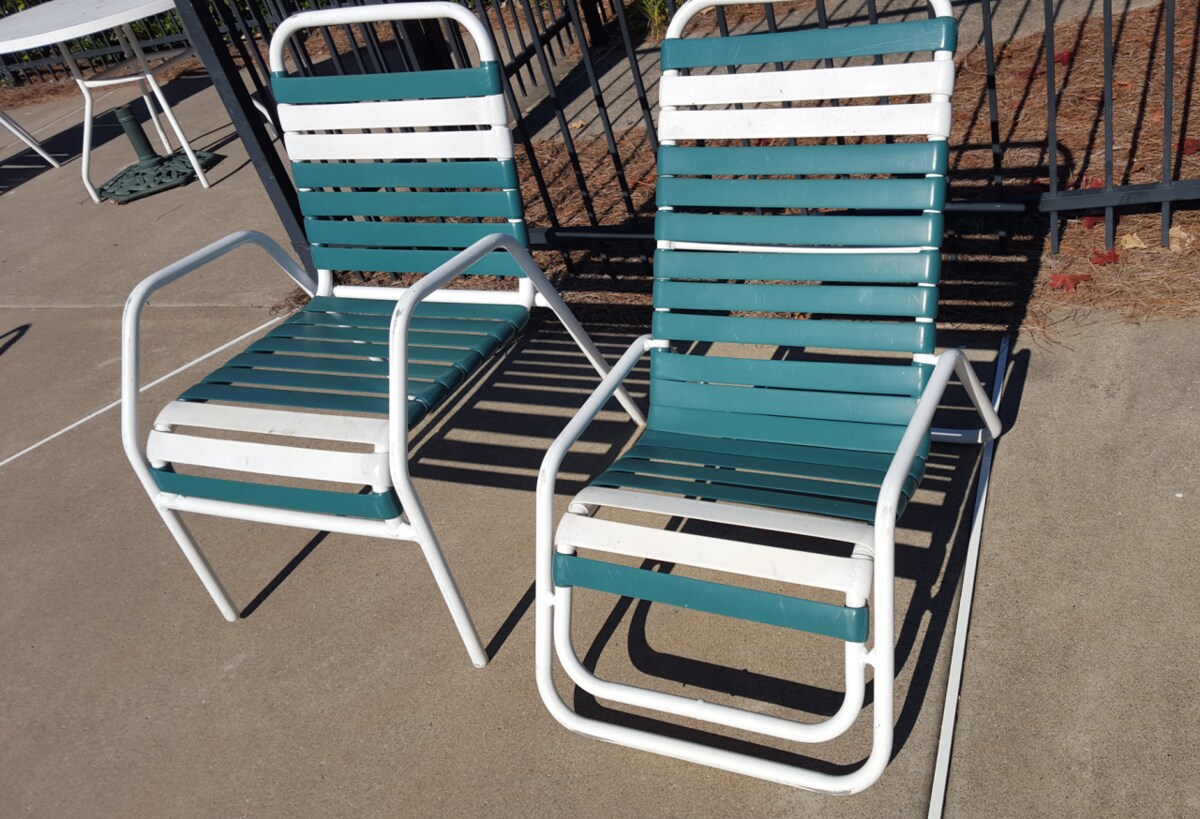
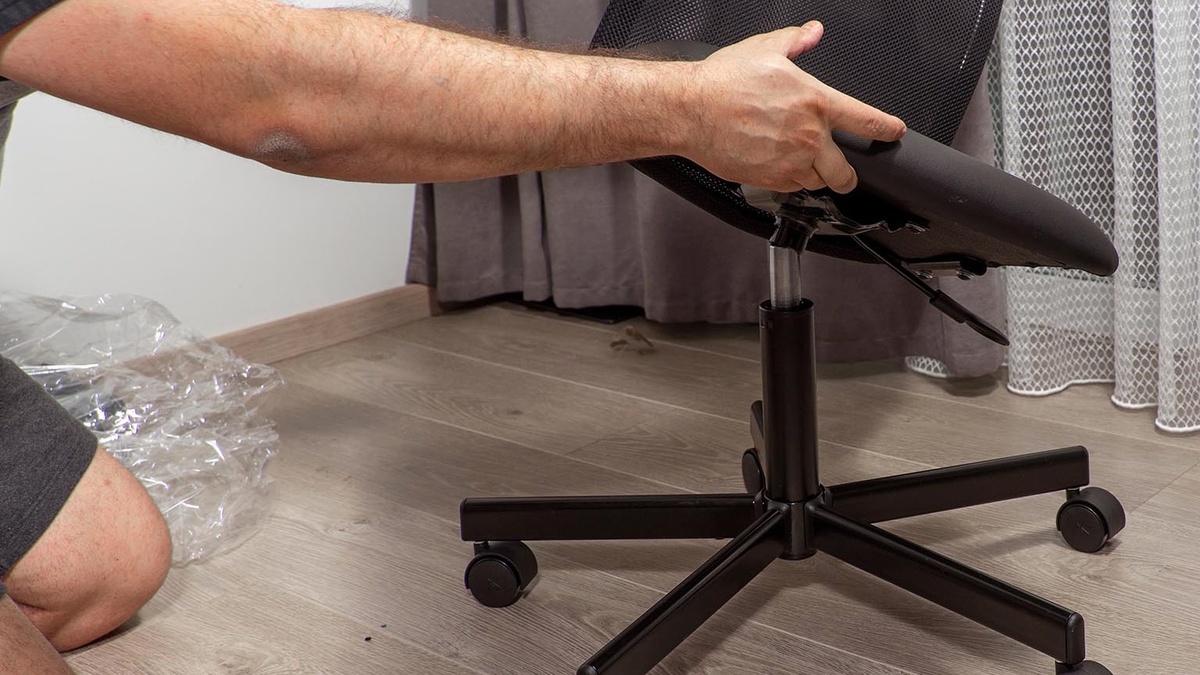
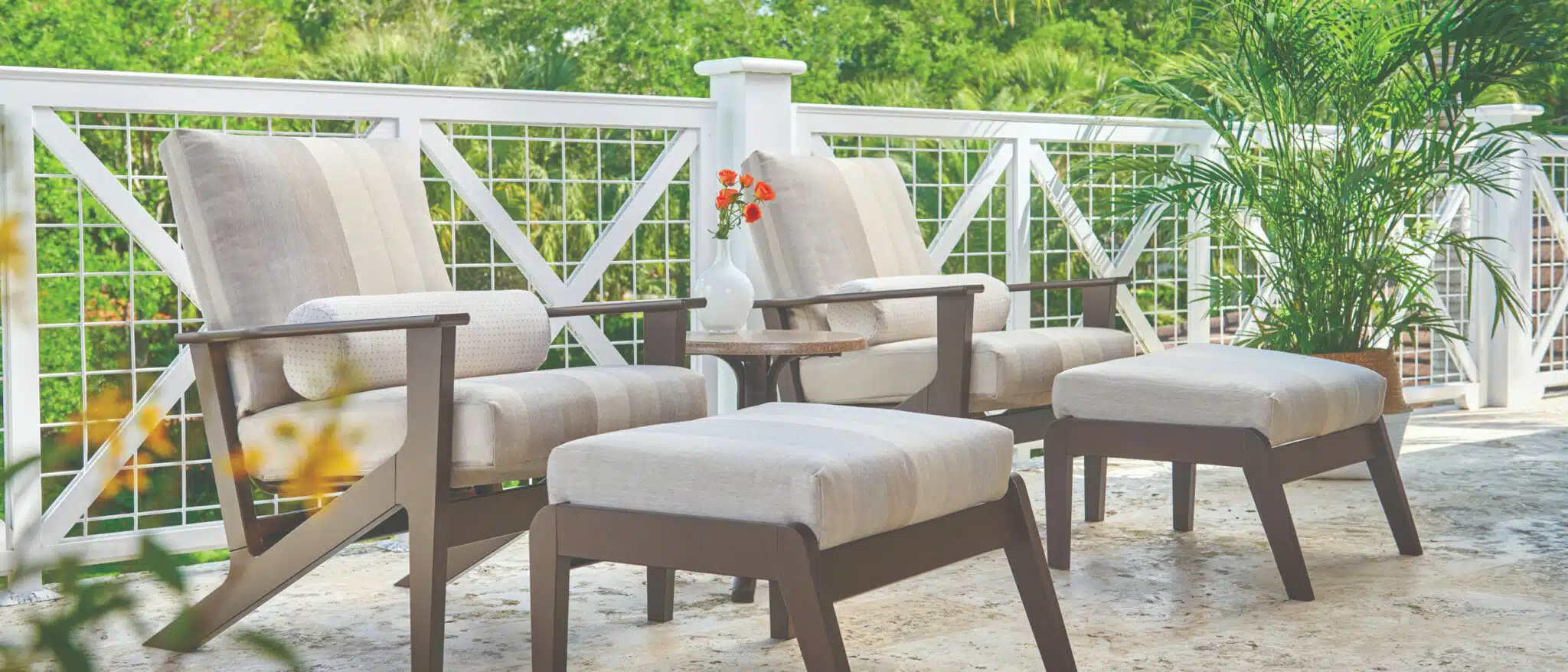
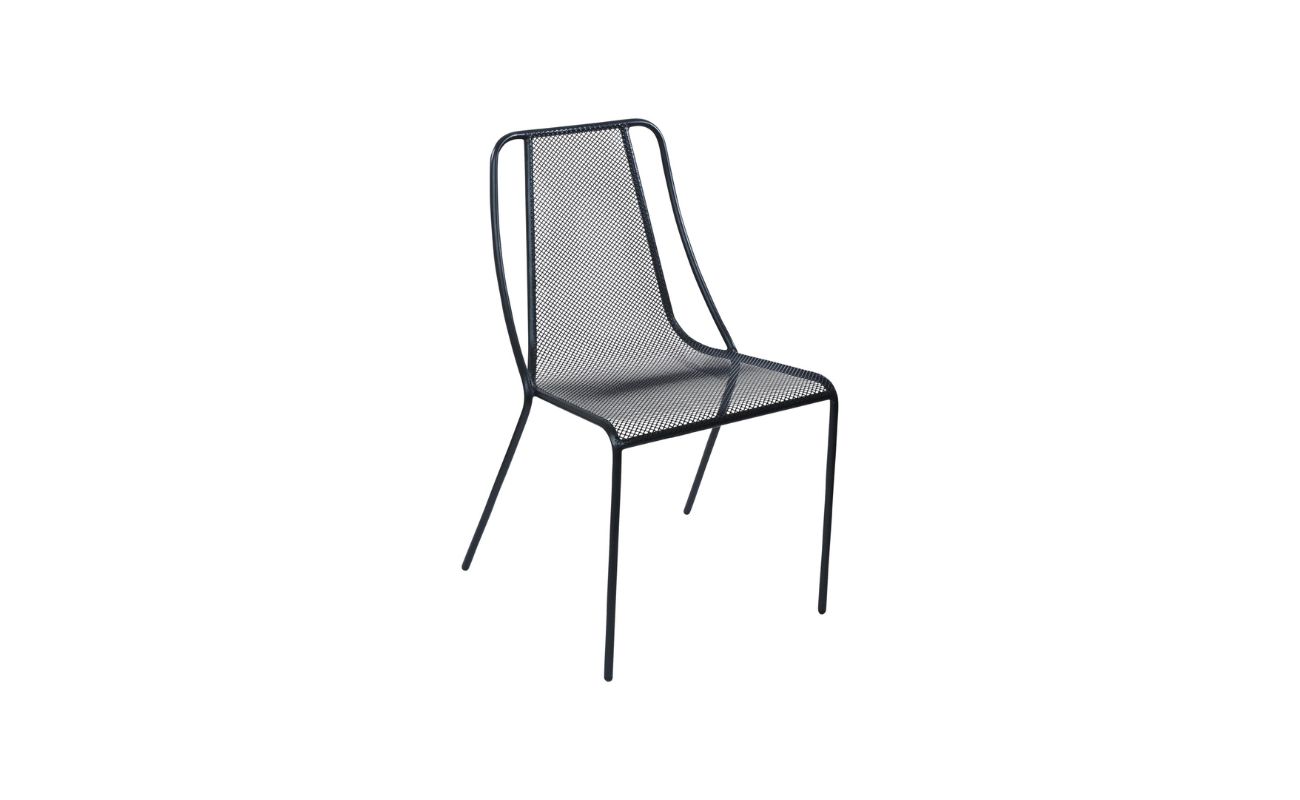
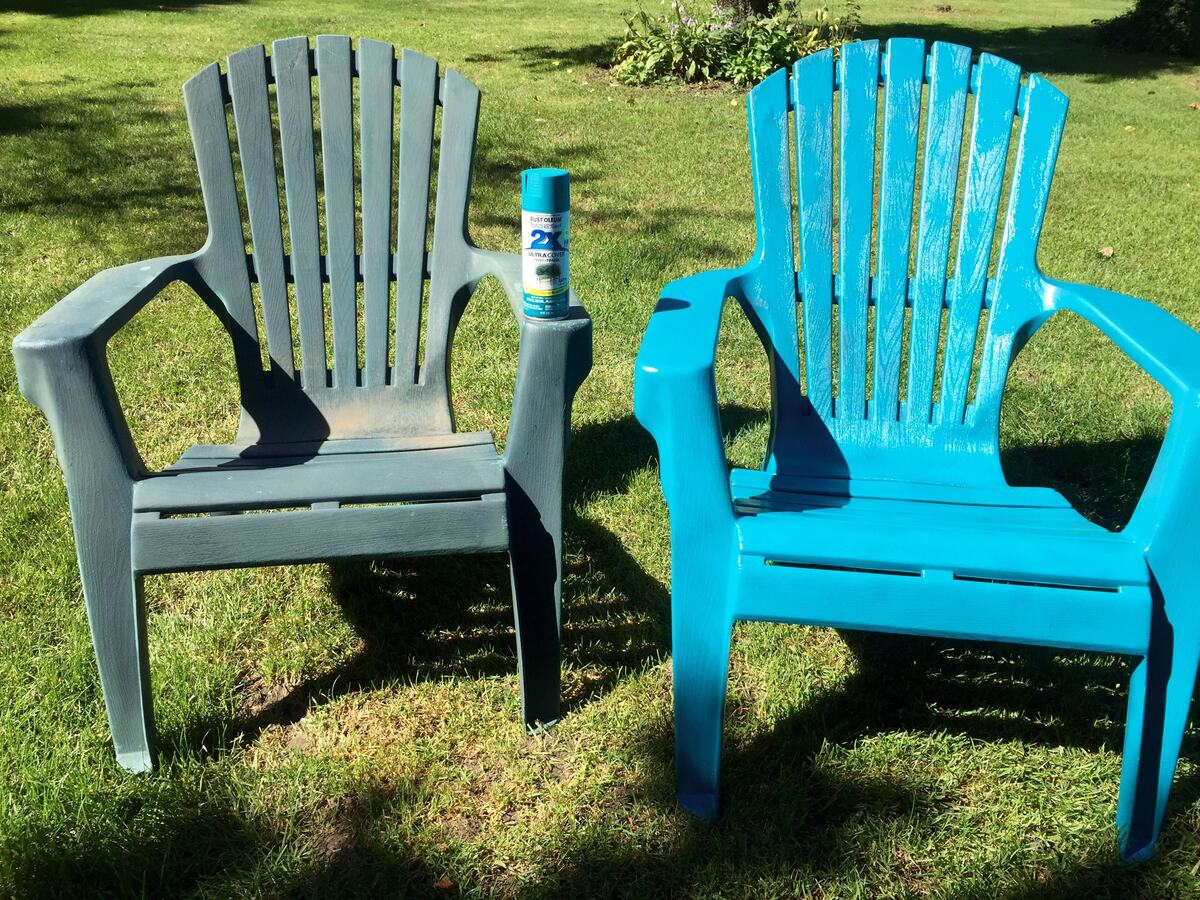
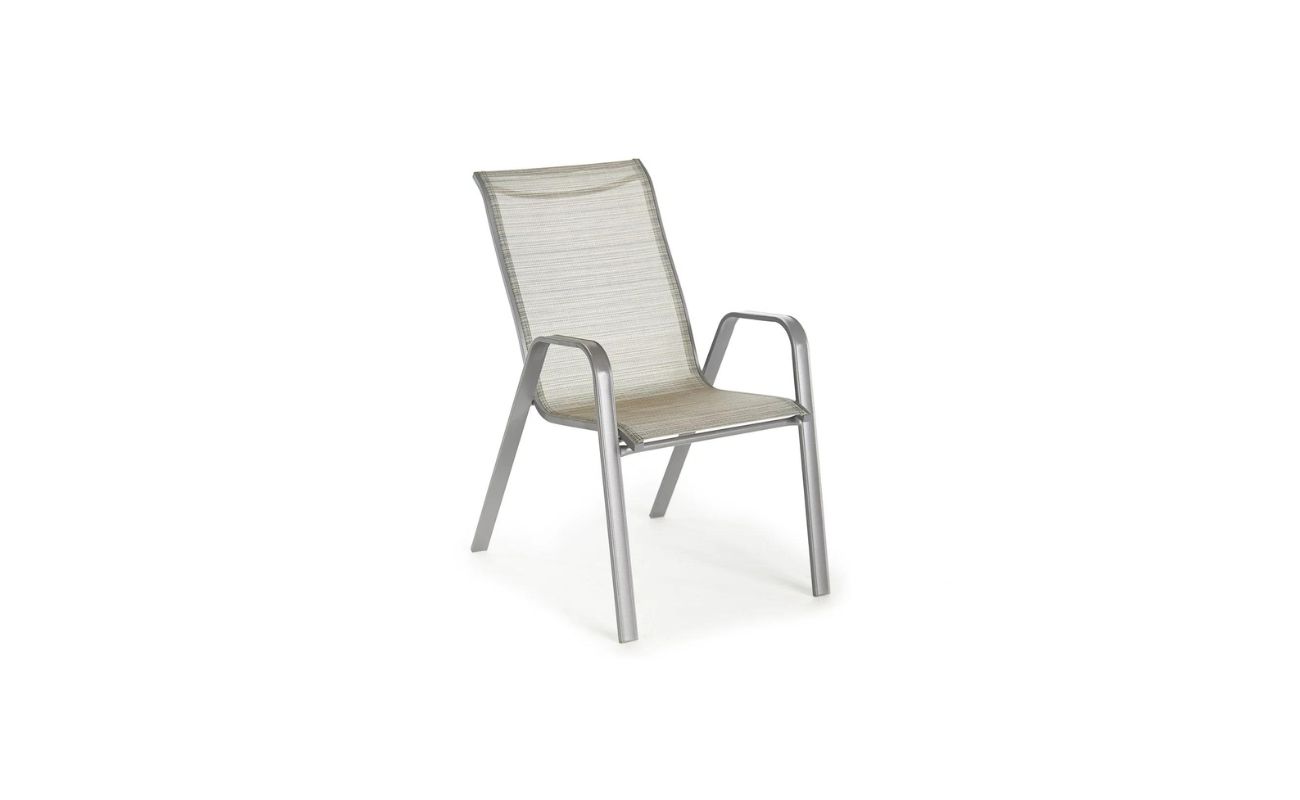
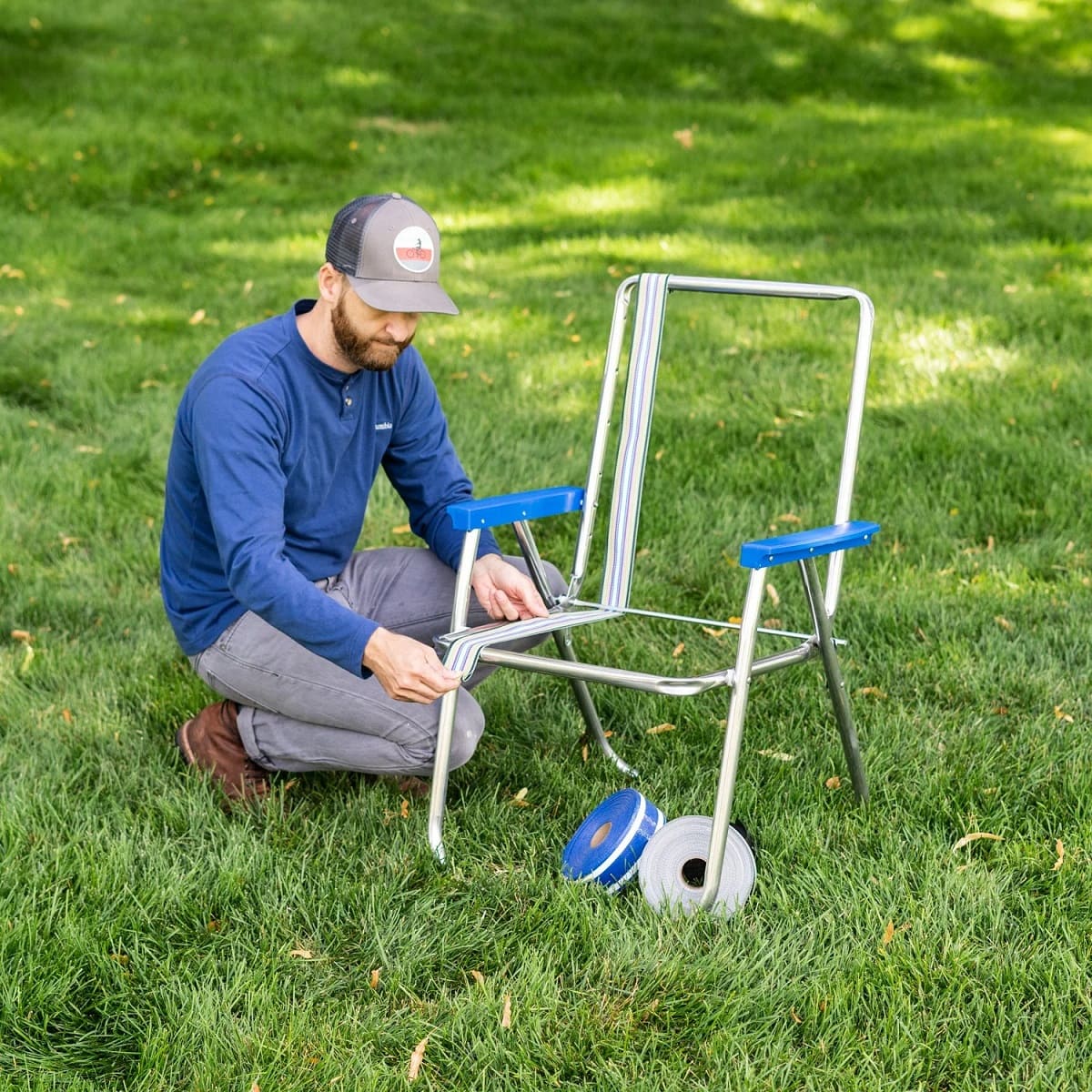
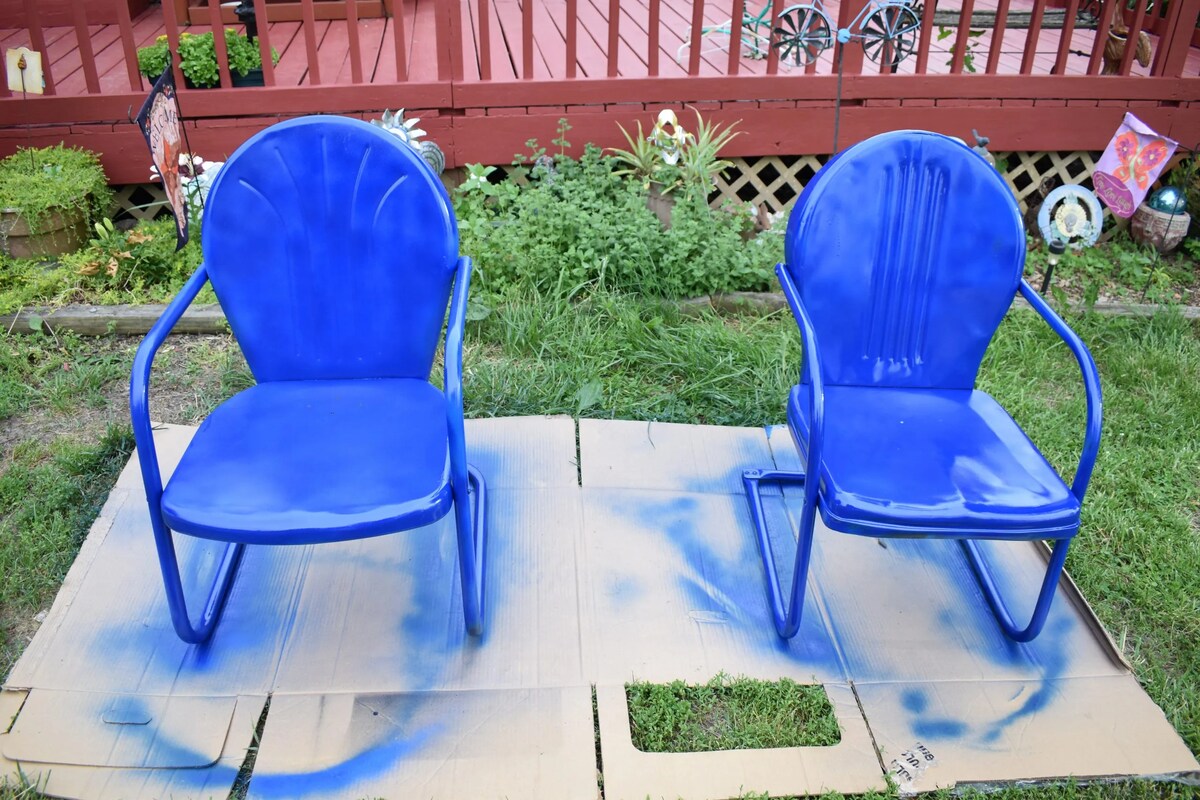
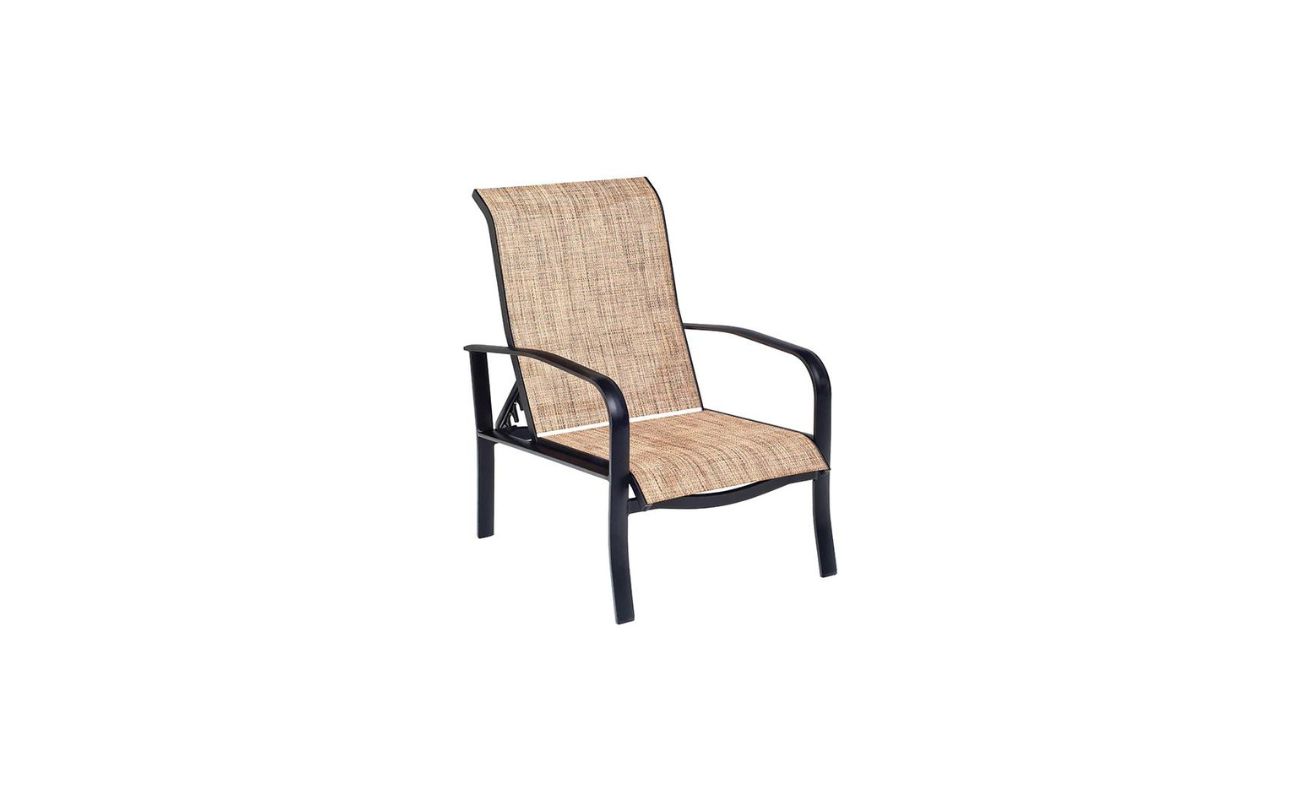
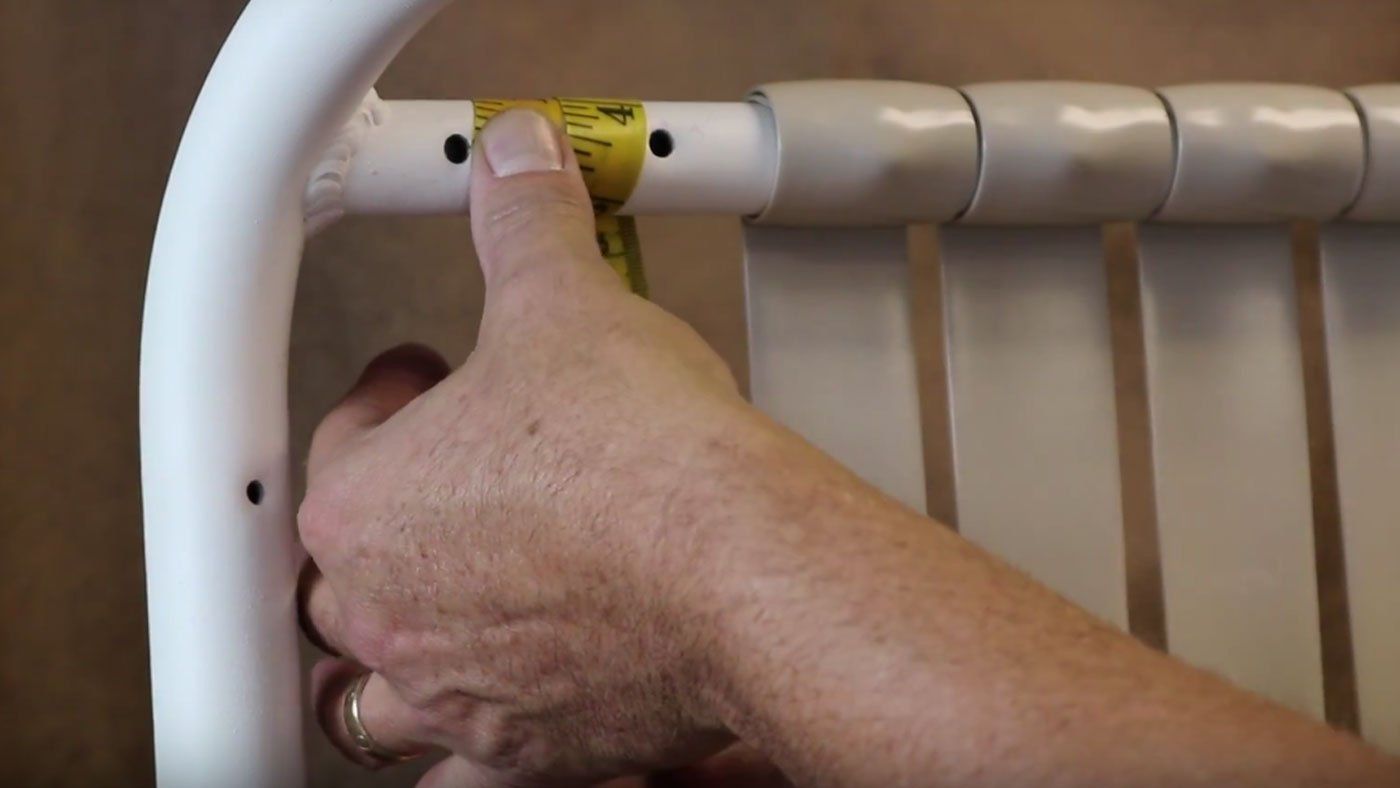
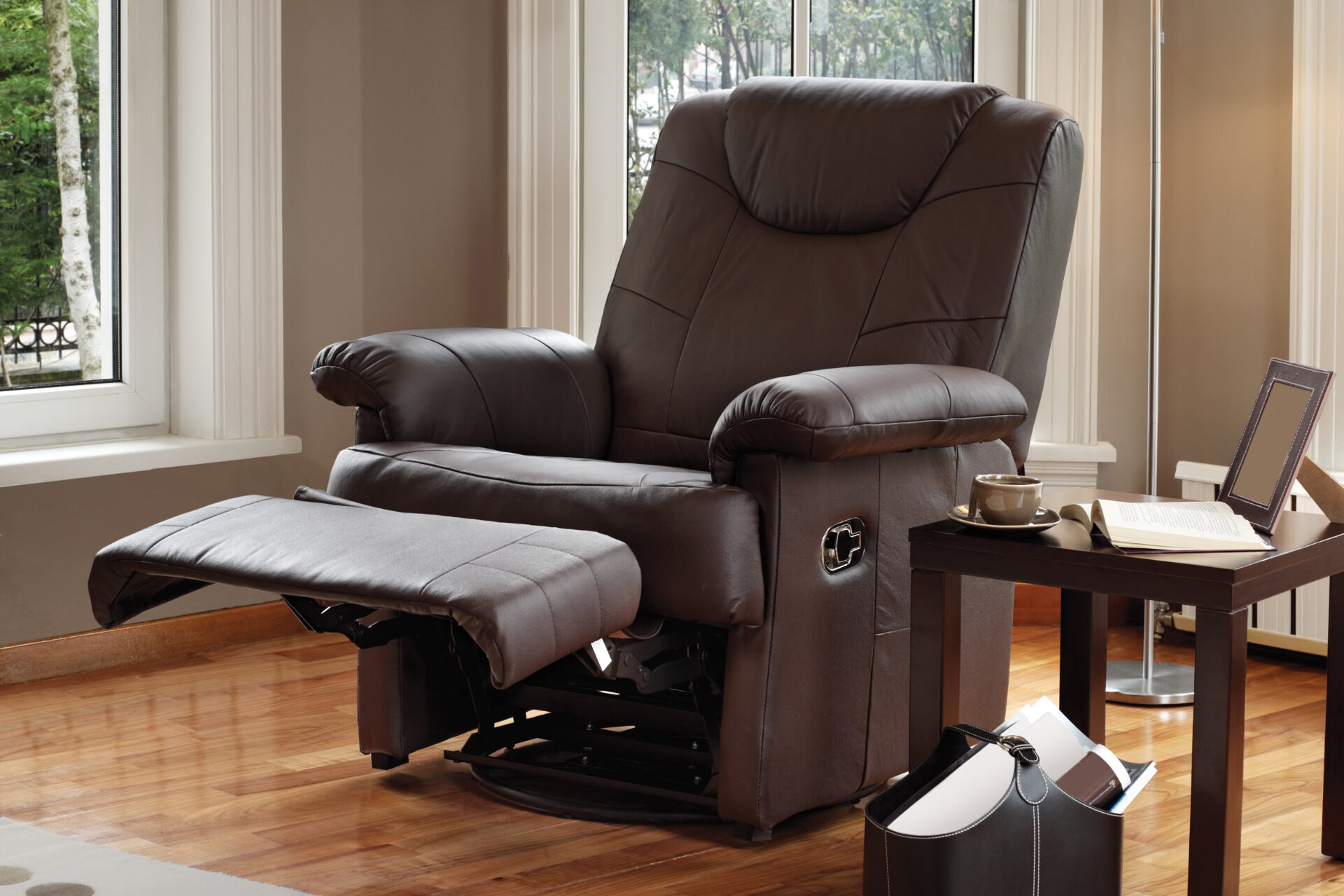
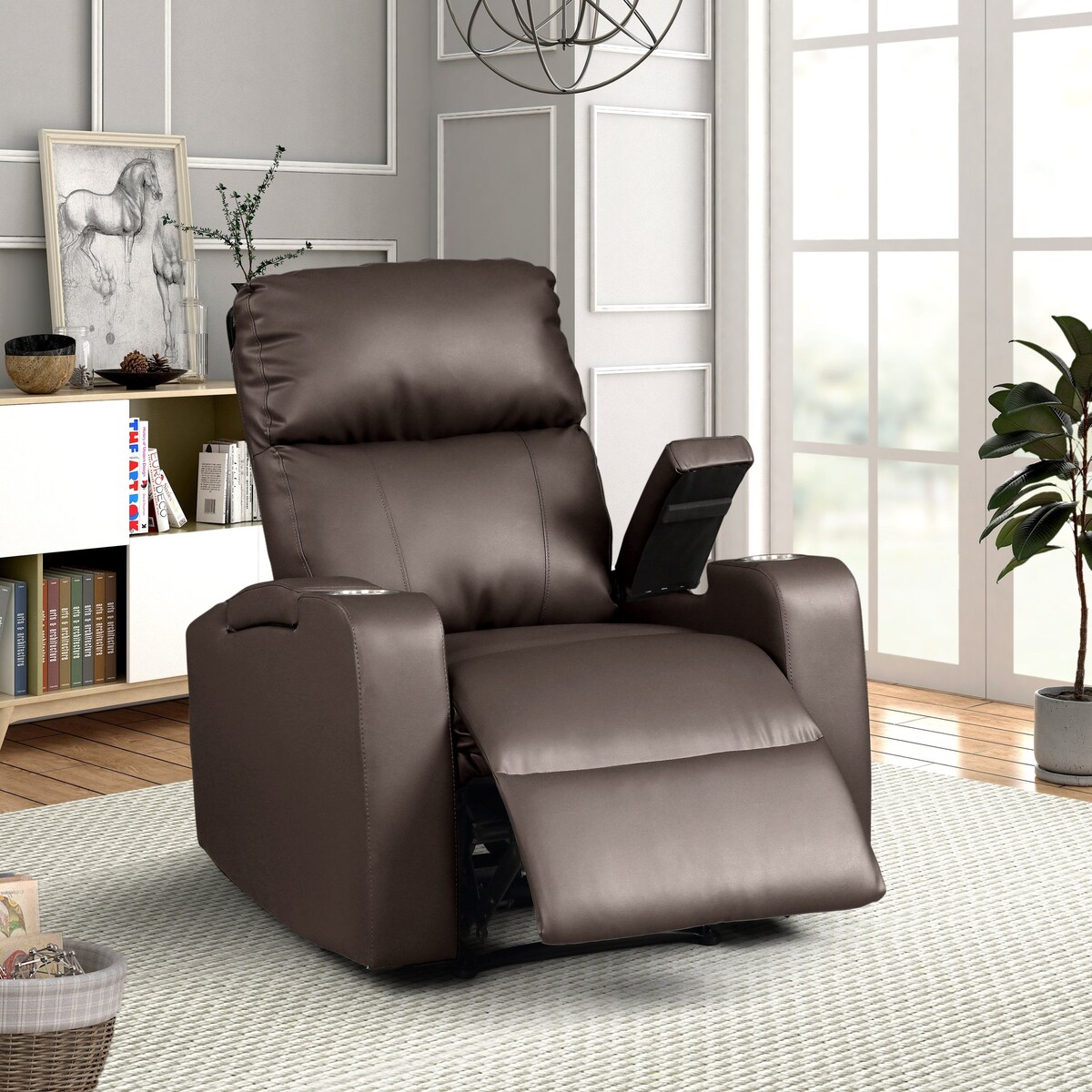

0 thoughts on “How To Fix Patio Chairs”